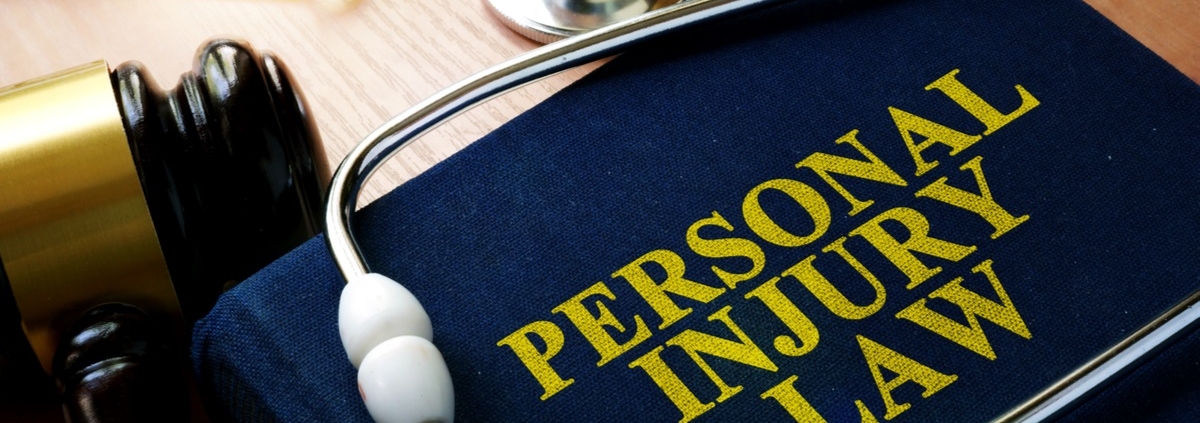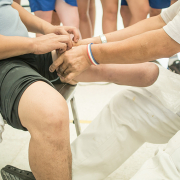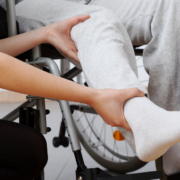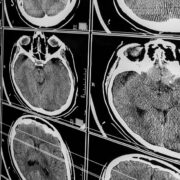What You Need to Know about Traumatic Brain Injury
The Centers for Disease Control define a traumatic brain injury that is alluded to by its acronym, TBI, as a “disruption in the normal functions of the brain that can be caused by a bump, blow or jolt to the head.” Traumatic brain injury is a term we customarily read about in our daily newspapers today due to its frequent incidence. Fortunately, our brains are afforded ample protection from the vast majority of damage; this is attributable to its strategic location within a hard bony shell. Multiple layers of membranes, as well as fluids, afford even extra levels of protection. Nevertheless, this does not guarantee 100% protection for catastrophic injuries.
According to the Mayo Clinic, the precipitating factors that would compel your family physician to give you dire news about your medical conditions include blows to the head idiosyncratic of both professional sports and the amateur athlete who engages in recreational sports in their neighborhood parks. The vulnerable victims engage in such activities as baseball, football, skateboarding, and boxing. Other precipitating factors─ falling in the middle of the night going to the bathroom, falling from a ladder in construction mishaps, falling down the stairs in your home, and falling in the bathtub as well as vehicular accidents involving cars, motorcycles, and even the innocent bicycle. Gunshots, whereby a bullet penetrates the brain tissue, can be a culprit as well, along with domestic violence and child abuse. Our veterans who bravely fought for us return from battles overseas where they experienced explosive blasts with devastating repercussions.
How common is the incidence of TBI? The statistics are alarming. Annually, 1.7 million people are its victims: 75% are mild; 275,000, however, are compelled to visit hospital emergency rooms and 52,000 dies. There is a direct correlation between TBI and devastating brain diseases, e.g., Alzheimer’s disease and Parkinson’s disease.
TBIs can be concussions, chronic traumatic encephalopathy, skull fractures and bleeding on the brain. Its symptoms: loss of consciousness, disorientation, headaches, nausea, vomiting, fatigue, problems with speech, difficulty sleeping, dizziness, blurred vision, ringing in the ears, sensitivity to light or sound, memory or concentration problems, and mood changes.
Among its population of sufferers are children; those injuries constitute the leading causes of disability and death for this youthful population culminating in learning difficulties in the classroom and behavioral and emotional problems.
There is the possibility that young children might not possess the intellectual or verbal ability to clearly articulate what ails them. Therefore, you as the parent must maintain an astute eye and be on the alert for any changes in their habits such as headaches, changes in eating patterns, unusual irritability, and persistent bouts of crying, inability to be consoled; that hug is just not enough. Look for changes in the ability to concentrate, seizures, sadness, depression, drowsiness, and a loss of interest in favorite toys or activities–a plethora of warning signs.
Some good news! Let us talk about a keyword: prevention. Brain injury and its dreaded complications are in fact avoidable. When you insert that key into the ignition, don’t forget to buckle up. Of course, this is legally mandated. Young children should be seated in the back seat not just playing with their toys but safely secured in a child safety seat that is appropriate for their age and body weight. You don’t want to fall in your apartment. What to do? Clean up the clutter─ remove cords and other hazards that may cause you to trip. Ascertain that ample lights are installed in hallways and stairways to provide illumination for those nocturnal trips to the bathroom. Rugs and mats should be secured to the floor, so they don’t slide around under your feet.
Avoid at all costs driving under the influence of drugs or alcohol. The party should stop before you step into your car. Be careful when taking prescription drugs, they can also have a detrimental impact on your ability to drive that vehicle albeit prescribed by your doctor. So carefully read the precautions printed on the label. Before jumping on that skateboard, motorcycle or snowmobile or playing baseball or skiing, an absolute prerequisite is a helmet; these should be enjoyable activities; you should not be opening your eyes in a hospital room.
How does your doctor diagnose your injury? According to WebMD, by posing a series of questions, you can assess the status of your memory, concentration and problem-solving capabilities.
The healing process involves slowing down your daily routine of school and work which is a commonsense approach. Being struck with a second concussion before the first one has healed, can significantly slow down your recovery and furthermore, increase the likelihood of permanent damage. That football game will just have to do without you for a while.
Some more good news! You would be eligible for substantial compensation if your injury were attributable to someone’s carelessness or negligence. On a frigid winter day did you step on the icy sidewalk outside a neighborhood supermarket? Did you slip on a wet floor in a restaurant that failed to post warning signs? The compensation includes monetary sums for physical pain, loss of income, emotional suffering, disability, disfigurement, medical expenditures, and occupational therapy.
This compensation can be a reality if you don’t delay and contact the experienced Law Firm of Figeroux & Associates, a team of knowledgeable and compassionate legal experts who have successfully won huge damages for their roster of clients over many years who will help you be the beneficiaries of substantial monetary damages for your devastating injuries. It is bad enough that you are compelled to suffer such traumatic injury, you should be confident that financially you will not be hurting. For a FREE consultation, call 855-768-8845.












Leave a Reply
Want to join the discussion?Feel free to contribute!